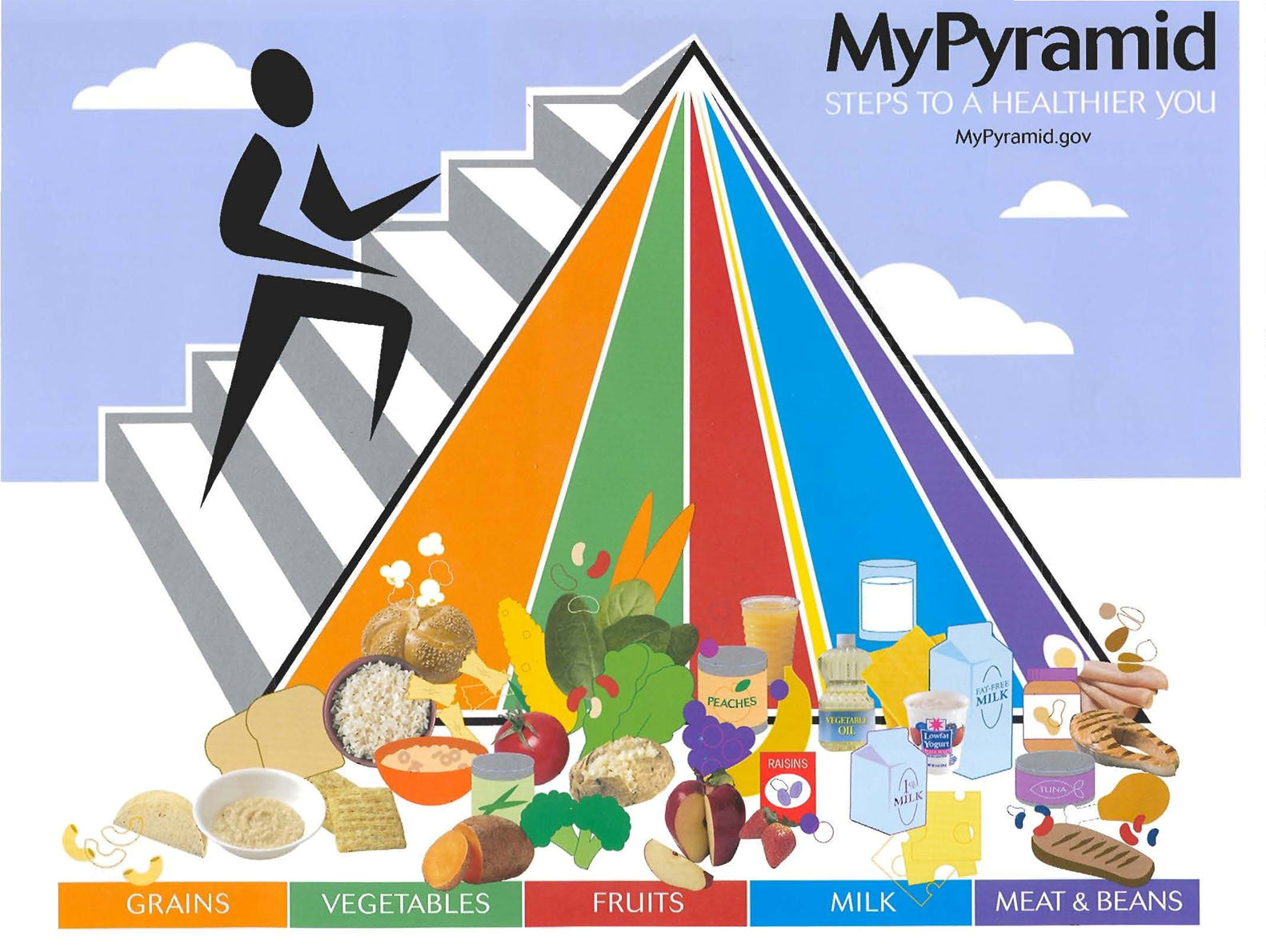(This is an excerpt from A Family Guide to the Ectodermal Dysplasias Syndromes, published by the NFED.)
Growth abnormalities are common in children with ectodermal dysplasias. Weight deficits are present at an early age and persist throughout adolescence. Height deficits are seen primarily in children with ectodermal dysplasias other than hypohidrotic ectodermal dysplasia (HED). Parents should monitor their child’s height and weight gain each time they visit the pediatrician’s office.
The pediatrician generally plots the child’s height and weight measurements on standardized growth charts prepared by the National Center for Health Statistics. These growth charts serve as the barometer for assessing the health, growth patterns, and nutritional status of all children, including those with ectodermal dysplasias.
Good nutrition is essential to maintain normal growth in children with ectodermal dysplasias. Although chewing difficulties may impair their eating capabilities, cooking or blenderizing can modify food textures to facilitate better nutrition.
The use of dentures at an early age also promotes good nutritional health. Adequate oral intake of dietary energy (carbohydrates and fats), protein, vitamins, and minerals is essential for normal growth.
The best way for children with ectodermal dysplasias to develop good eating habits is to follow the recommendations of the U.S. Department of Agriculture’s (USDA) food guidance system, “MyPyramid”, for children.
MyPyramid is divided into six food groups: grain products; vegetables; fruits; milk and dairy products; meat, fish, poultry, eggs, and beans; and discretionary fats and sweets (figure above). A well-balanced diet for children with ectodermal dysplasias includes daily servings from all the food groups in amounts sufficient to meet their energy and nutrient needs for normal growth.
The best way to assess the adequacy of the child’s diet is to determine food portion sizes based on his or her energy needs. A child’s daily energy need is estimated from his or her age and level of physical activity (figure above).
Once energy needs have been determined, the child’s pattern of food consumption and serving sizes can be derived using the USDA website. For example, a 10-year-old boy who is physically active for 30 to 60 minutes daily has an energy need of approximately 1800 kcal per day.
Based on this information, he should eat approximately 6 oz of grains, 2.5 cups of vegetables, 1.5 cups of fruits, 3 cups of milk, and 5 oz of meat or beans. Children with ectodermal dysplasias who have growth deficits need to consume larger food portion sizes and may use more discretionary foods to restore height and weight deficits.
If an ectodermal dysplasias child’s appetite or weight gain is persistently poor, parents should seek advice from a physician. Additional diagnostic studies and therapeutic interventions may be warranted.
(Editor’s Note: This summer in Denver, researchers are investigating growth issues in Goltz syndrome. Learn more.)
Other NFED Blogs of Interest
My Smile – 23 Years in the Making – Part 3

